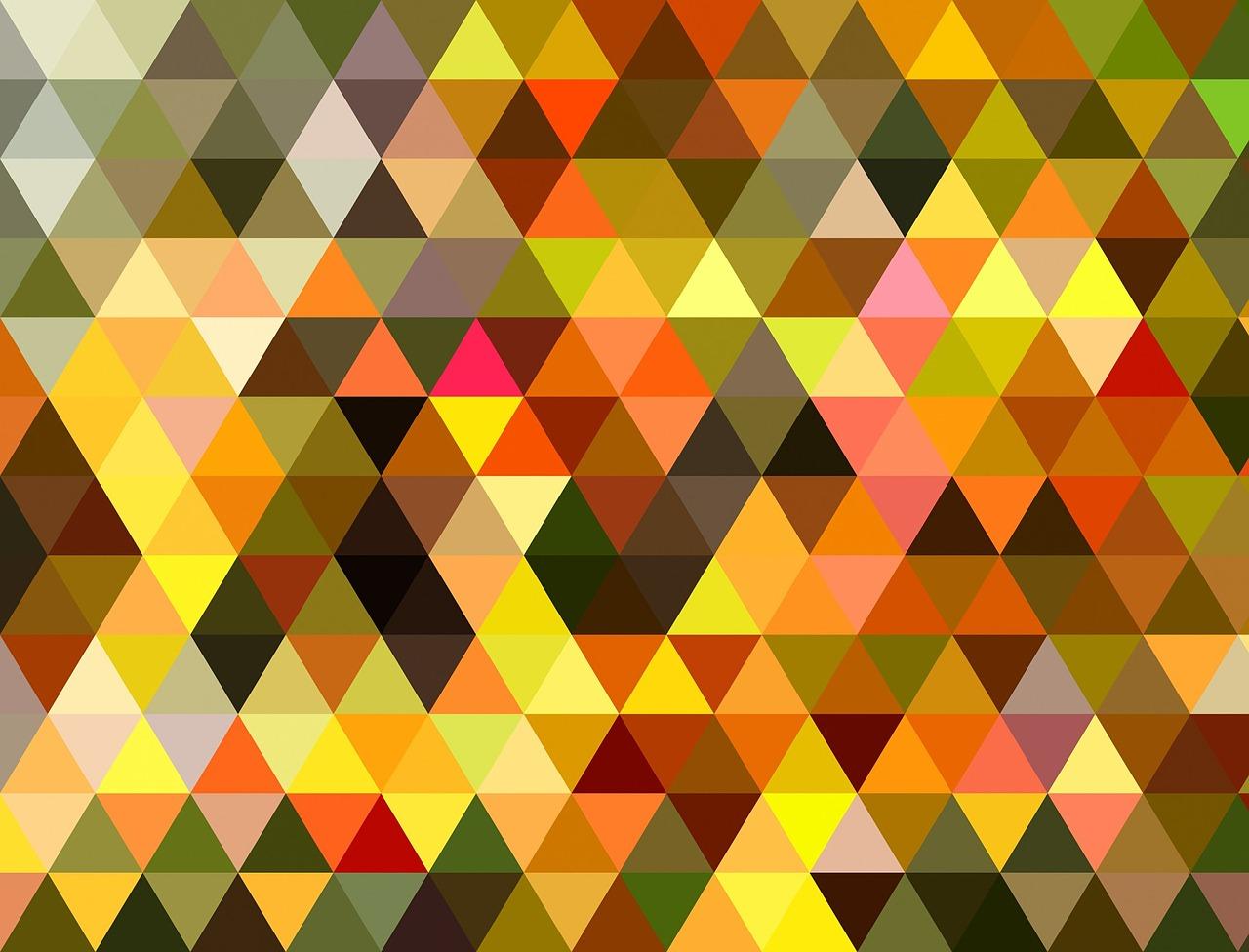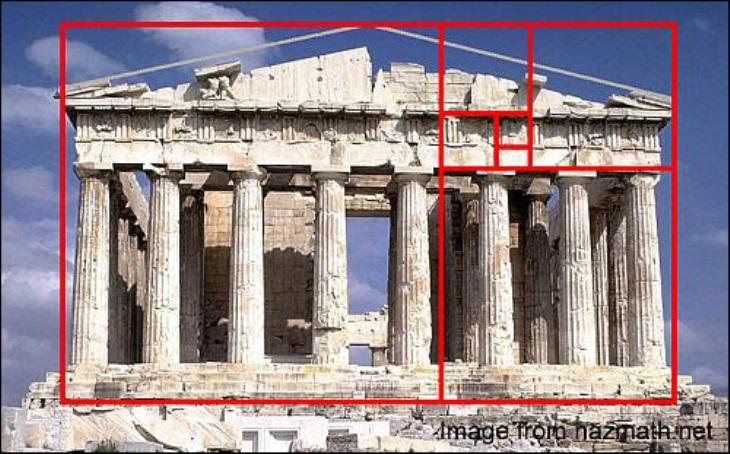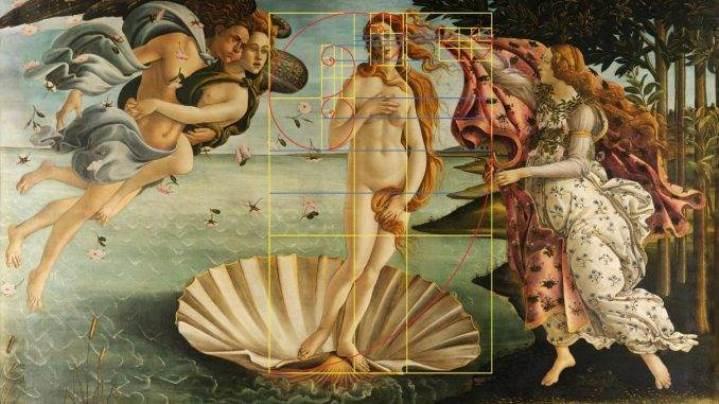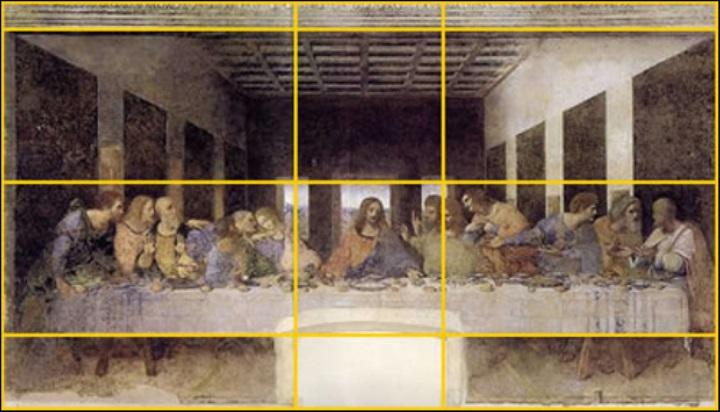It may sound like fiction, but did you know that art and mathematics are closely related?
From ancient times, the history of maths shows us that maths is as functional as it is beautiful.
It is fascinating to observe that while one is a precise science and the other is a creative pursuit, painting has a significant indebtedness to mathematics. So you may be wondering what does maths teach you about art-related subjects like graphic design, for instance?
As you find creative ways for how to learn maths, consider the composition of elements within an image, a fundamental lesson taught in art classes – one which certainly adheres to mathematical principles.
A maths tutor on Superprof could teach you more than how to learn maths especially if you are hoping to find maths help for art.
Want to give private lessons?
Join the Superprof community and share your knowledge with inquiring and motivated students.
Geometry: An Essential Ingredient in Modern Drawing
Maths words or terms that come to mind when considering the link between art and maths is Geometry which is the branch of mathematics which studies shapes in space.
What does math teach you regarding the artistic arrangement of shapes to form a composition? And what maths words could crop up in a drawing class?
Even geometry and painting are closely connected and while numerous branches of geometry exist, the prominent ones are:
- Euclidean geometry, which examines plane and solid figures.
- Affine geometry, focusing on lines and points without incorporating concepts of angles and distances.
- Other forms of geometry encompass, synthetic geometry, hyperbolic geometry, spherical geometry, algebraic geometry, analytical geometry and elliptic geometry.
Are you finding that some of the theorems and history of maths knowledge that you learnt about at school are resurfacing in your memory?
Besides advice on how to learn maths through maths lessons online, in this article, you will find out more about the famous theorems of Thales and Pythagoras which you can read more about in our extensive article on maths words and terms.
When you look at these maths words or how to learn maths, you will notice that the foundational principles of mathematics prove to be remarkably more valuable than they first seem when it comes to their role in the realm of art.
Parallelism and symmetry, for instance, are widely used in various expressions of art.
Not unlike mathematics, painting, even abstract work, demands precision that adheres to mathematical logic where each component is positioned with harmony and coherence.

Besides the surprising use of art in maths, find out more about clichés and myths associated with how to learn maths.
What Does Maths Teach You about the Golden Ratio in Art?
The golden ratio serves as a remarkable illustration of the close links between mathematics and painting. During ancient Rome, architects, painters, sculptors, and designers possessed a profound understanding of the distinction between a visually pleasing creation and one that instils disorder. They were deeply intrigued by this concept and delved into the exploration of how a composition, despite comprising unequal elements, could still exude aesthetic appeal!
Among these visionaries, Roman architect Vitruvius stands out as one of the pioneers who recognised the significance of the golden ratio. This ratio can be harnessed to generate sequences that recur infinitely within distinct sections of the same artistic piece.
Various mathematicians, including the renowned Fibonacci, the creator of the Fibonacci sequence, have provided evidence for the presence of the golden ratio in nature. For further information on the historical aspects of mathematics, please refer to our article. Notably, even the human body exhibits proportions defined by this well-known ratio.
The history of maths is much more fascinating than you can imagine but what does maths teach you about art?
Consider the realm of painting, where we encounter the golden rectangle, the golden spiral, the golden triangle, and the golden ellipse.
Collectively, these elements precisely dictate the placement of each component within a painting, ensuring the overall composition is harmonious and visually pleasing.

In art, there are famous instances where these principles are applied. If you are discussing art with your maths tutor find out if you can take a deeper look at "The Birth of Venus" painted by Sandro Botticelli in 1482. In observing the artwork, you will notice that the positioning of the characters follows the principles of the golden rectangle. Furthermore, the painting itself conforms to the precise measurements of the golden ratio (172.5cm by 278.05cm).
In Jacopo de Barbari's portrait of the mathematician Fra Luca Pacioli, we find a flawless demonstration of the golden ratio's application. The distance between the subject's index finger and thumb precisely corresponds to the height of the open book depicted. Remarkably, if you are studying the history of maths, you will find that Fra Luca Pacioli himself authored a treatise on the golden ratio in 1498, suggesting a deliberate connection.
Similarly, Diego Velazquez's painting "Adoration of the Magi," completed in 1609, shares characteristics with "The Birth of Venus" which embodies a perfect golden rectangle. Notably, the face of the baby Jesus is precisely positioned on a golden point within the composition.
As you study with your maths tutor you will note that the implementation of the golden ratio is not limited to traditional art forms; it is also prevalent in comic books.
One notable example can be found in "The Adventures of Tintin," a series credited to the author Hergé, who introduced this style of comic strip, featuring speech bubbles, to Europe. Hergé frequently employed the golden ratio to draw attention to specific focal points.

For instance, you can observe its usage in "The Crab with the Golden Claws and many other examples of his work.
Leonardo da Vinci: A Painting and Mathematic Genius
When studying the origins of mathematical advancement, you will undoubtedly come across Leonardo da Vinci who is one of the greatest figures in the field of mathematics, art and engineering.
A true genius, he lived from 1452 to 1519 and is famous for many extraordinary works as well as his notion of perspective, a fundamental artistic concept. For example, the Vitruvian Man (originally drawn by the Roman architect Vitruvius), is one of his most famous drawings that abounds in mathematical data.
In this drawing, da Vinci meticulously portrays the measurements of the human body, aiming to define the ideal or "perfect" form. Among the illustrated dimensions, one notable observation is that when extending the legs, the shape formed by them and the ground takes the form of an equilateral triangle. Additionally, Leonardo shows how the combined length of a man’s two outstretched arms equals his height.
If you study this piece, you will notice that Leonardo undertakes precise measurements and accurately represents each component of the human body, ensuring that they are proportionate to the whole.
The choice to place the subject within a circle inscribed in a square in Leonardo da Vinci's works highlights the significance of geometry and mathematics in the artistic endeavours of this celebrated painter and polymath.
As a mathematician himself, Leonardo was well-versed in the concept of the golden ratio which he incorporated into many of his paintings. In the iconic masterpiece, the Mona Lisa, for instance, the subject's face aligns precisely with a golden rectangle. The proportions of her body, from elbow to elbow, also conform to a golden rectangle.
In the painting "The Last Supper," created between 1494 and 1497, Leonardo once again employed the golden rectangle. Both the table and the depicted room adhere to the dimensions of this geometric ratio, further exemplifying his deliberate application of mathematical principles in his artwork.

Even though he has undoubtedly influenced the development of mathematics, it is unlikely that you encountered da Vinci in your regular math lessons. However, in searching for answers about what maths teaches you about art, look no further than Leonardo.
The creation of his masterpieces, skilfully incorporated the prevailing mathematical theorems of his era, resulting in visually pleasing and harmonious effects. Even in contemporary times, we examine his renowned works as timeless classics, aiming to discern the various strategies he employed.
Find out more about the evolution of the maths tutoring here.
The Link Between Maths and Other Subjects
While maths may, at first sight, have nothing to do with art, there are, as we have shown, significant connections between these two fascinating subjects.
If you draw and paint, you will likely put your mathematical knowledge into action.
Other important links worth noting are the one between maths and computer science, industrial design and computer graphics.
Finally, to become a skilled painter, dedicating time to both math lessons and acquiring proficiency in perspective and geometry is essential. It is worth noting that Albert Einstein himself is recognised for his comment, "After a certain high level of technical skill is achieved, science and art tend to coalesce in aesthetics, plasticity, and form. The greatest scientists are artists as well."
Want to give private lessons?
Join the Superprof community and share your knowledge with inquiring and motivated students.





